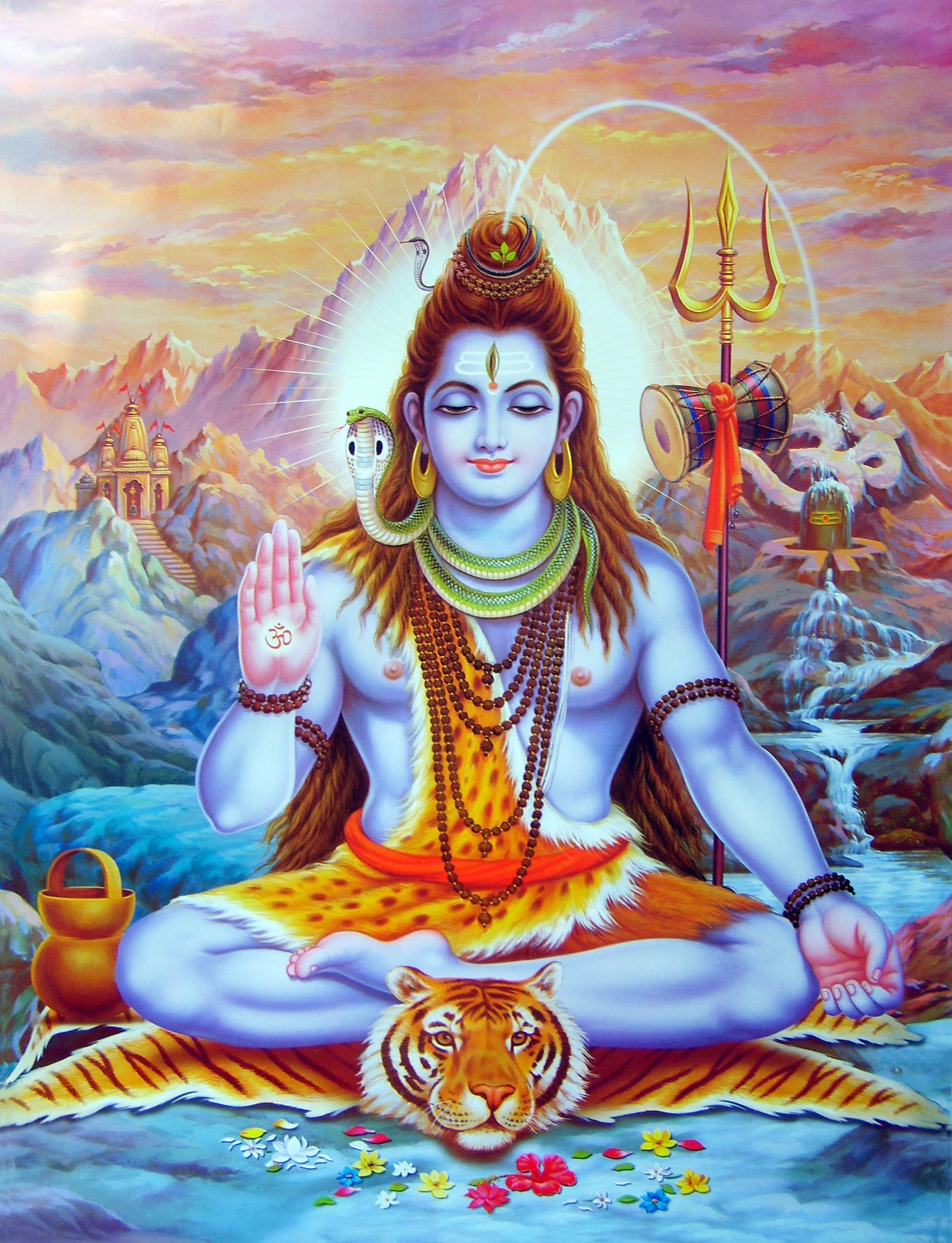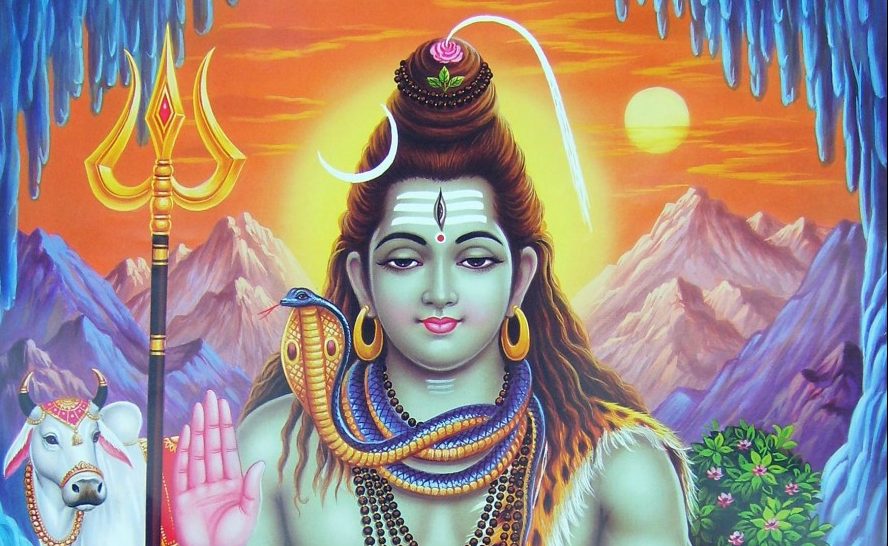

Thus Shiva Ardhanari is envisioned with one female breast and both male and female genitalia. Shiva Ardhanari or “Shiva the Half-Woman” encompasses the union of male and female energies in one single body.The following are among his most popular manifestations: Each may be understood as an aspect of the one Shiva, or one particular path may be venerated independently. Shiva has many paths and one thousand eight names. Offerings:įlowers, nuts, fruits, coconuts, beautiful things Shiva is propitiated by performances of mythic theatrical plays and productions. Shiva frequently appears in dreams to answer questions or to address petitions. The city of Benares (Varanasi) Shiva has a shrine at the Tarakeshwar Dream Temple in West Bengal: people fast, pray, and sleep in the temple until they receive the dream they need. The Hindu month of Sravana is dedicated to Shiva. Shiva lives on Mount Kailash in the Himalayas. Upward-facing triangle, pointing up like a mountain or an erect phallus, symbol of the active male principle Mount:īlue, crimson, red ochre, saffron, olive green Realm: Attributes:Īx, damaru (hand drum, formed from human skulls), trident, staff, bow and arrow, spear, noose, sling, divining rod, rudrak-shamala (bead necklace) Emblem: He may have two, four, eight, ten, or thirty-two hands. His third eye located in the center of his forehead possesses the powers of creation and destruction. Standard iconography portrays Shiva with blue skin, four arms, and four faces with three eyes each. His face is covered with cremation ashes. His hair is hopelessly tangled and matted. Shiva wears animal skins or no clothes but is adorned with snakes, scorpions, and a necklace of skulls. Shiva is an ascetic and a sadhu: one who has renounced normal existence to devote himself entirely to spirituality and contemplation of the sacred.

Shiva is also wed to the various goddesses who may be paths or emanations of Parvati including Uma, Durga, and Kali. Shiva, like Dionysus, is patron of theater as shamanic or magical performance, and like Dionysus, Shiva is happily wed: he and his consort, Parvati, symbolize the perfect union of complementary powers. Both lead parades of dancing witches and spirits.

He is often portrayed in the form of a phallus (the Shiva lingam), as is Dionysus. Like Dionysus, Shiva is identified with intoxicating substances and sex magic. Shiva may or may not be another name for Dionysus, whose myth also places him in India. He is the protector of trees, animals, and wild nature and is among the world’s most beloved deities. Shiva haunts cemeteries in the company of ghosts, witches, spirits, and gnomes. He is a knowledge sharer, accused of teaching sacred texts to the low-born who were previously denied access. Shiva is called the destroyer of rites and social barriers. He manifested at the beginning of time in the form of a pillar of fire from which the entire world eventually sprang.Īryan conquerors of India initially disliked Shiva, but his popularity was such that he was eventually integrated into their pantheon although still considered chaotic, dangerous, and unpredictable. Horned masks were found nearby.Īccording to myth, Shiva is the world creator. In his earliest manifestation, he may have been a horned god: an image, identifiable as him, found among the ruins of Mohenjo Daro (circa 2000 BCE) shows a spirit seated in yoga position with erect phallus, his head crowned with bull’s horns.

Shiva is an indigenous, pre-Aryan deity of India. Deity of the forest, hunting, and fishing, he is patron and ruler of untouchables and Demons. He is the lord of fertility and a great healer, described as the greatest of all physicians. Shiva, Lord of Creation, Destruction and Death, destroys pain and sorrow.


 0 kommentar(er)
0 kommentar(er)
